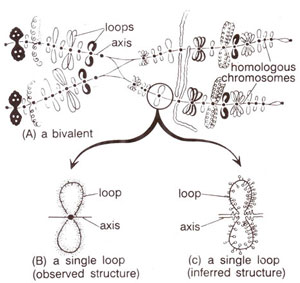
Fig. 6.16. Lampbrush chromosomes showing details of structures (redrawn from Lewis & John : Chromosome Marker).
As indicated earlier, chromosome structure at the same stage of cell division remains constant in the different kinds of cells in the same organism. Chromosomes of a special kind are, however, found in a variety of primary oocyte nuclei in vertebrates (mainly amphibians) as well as in some invertebrates. These chromosomes, known as lampbrush chromosomes, are found during the prolonged diplotene stage of first meiotic division in primary oocytes of amphibians, and in spermatocyte nuclei of
Drosophila.
The lampbrush chromosomes are characterized by a remarkable change in structure. The change in structure includes an enormous increase in length. These chromosomes sometimes become even larger than polynemic giant salivary gland chromosomes. The largest chromosome having a length upto 1 mm has been observed in urodele amphibian. The chromosomes seem to have a chromomeric pattern with loops projecting in pairs from majority of chromomeres. One to nine loops may arise from a single chromomere. The size of loops varies with an average of 9.5μ in inter-chromomeric fibres. These pairs of loops in these chromosomes give them the characteristic lampbrush appearance (Fig. 6.16). Frequently these loops exhibit a thin axis (which probably consists of one DNA double helix) from which fibres project which are covered with a loop matrix consisting of RNA and protein.

Fig. 6.16. Lampbrush chromosomes showing details of structures (redrawn from Lewis & John : Chromosome Marker).
The number of pairs of loops gradually increases in meiosis till it reaches maximum in diplotene. As meiosis proceeds further, number of loops gradually decreases and the loops ultimately disappear due to disintegration rather than reabsorption back into the chromomere. H. Ris, however, had thought that the loops were integral parts of chromonemata which are extended in the form of major coils. It is also believed that the loops represent the modified chromosome structures at the loci of active genes. It has been observed that, if the activity of these genes is stopped by actinomycin D (actinomycin D stops synthesis of RNA on DNA template), the loops will collapse, suggesting that the loops mainly consist of RNA.






